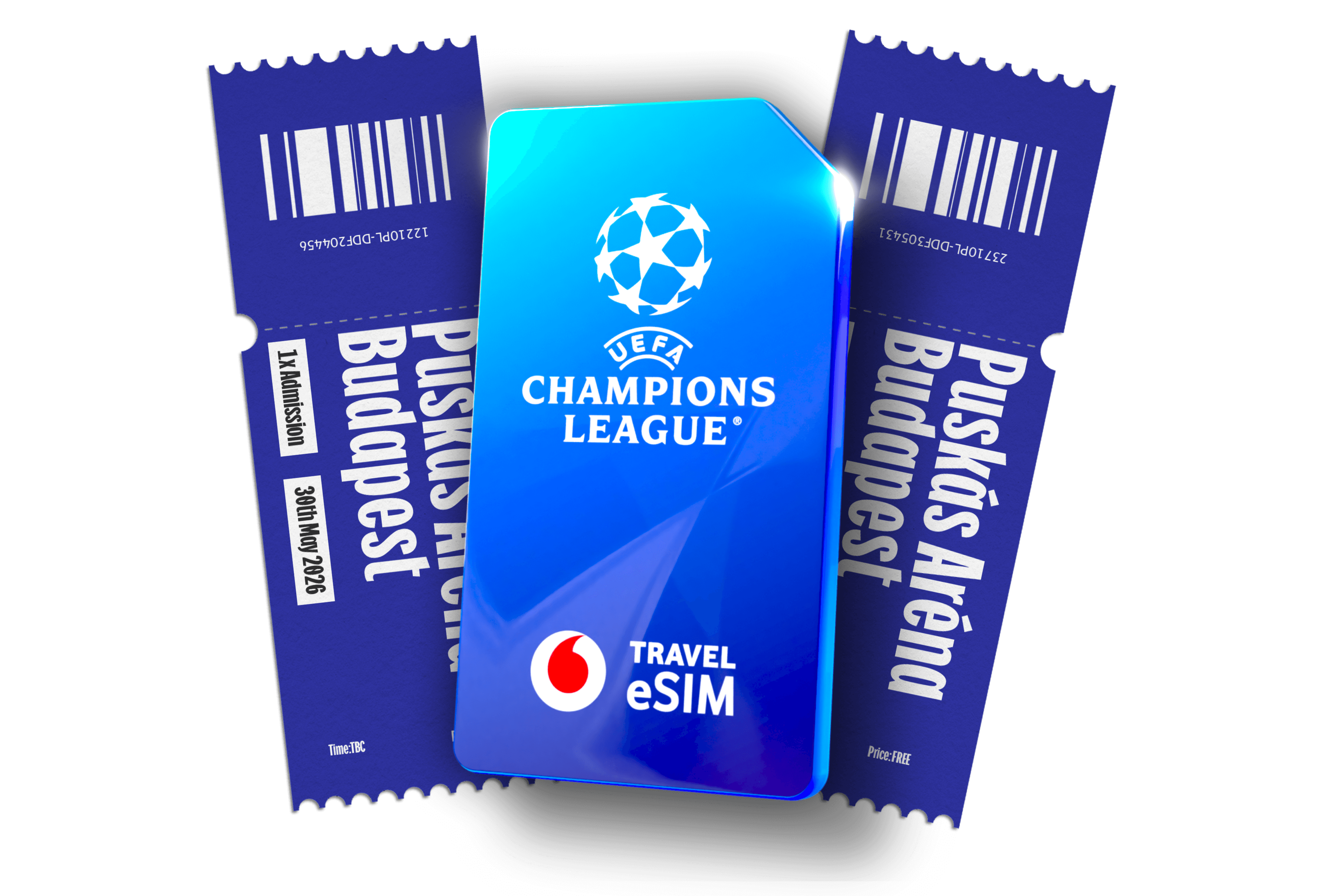Naples is no stranger to hardship and Osimhen is constantly reminded of his roots when he travels around town. “Where I grew up, in the streets of Lagos, actually has the same feeling as Naples,” he says. “Where I grew up and the struggle I’ve been through have shaped me and so when I see Naples, I reflect on where I’m from and it’s an amazing feeling. It’s one of the reasons I really love this city.”
In other words, forget the myth of the mask and the superhero spiel. Batman and Zorro never had to toil for a living, whereas Osimhen is typically among the first in a sky-blue shirt to roll up his sleeves. “He tracks back and helps in defence,” says central defender Minjae Kim, who also hails the “positive energy” of his team-mate up the pitch – an important voice last summer when the squad was wrestling with a string of high-profile departures.
Napoli had just bid farewell to luminaries such as Kalidou Koulibaly, Lorenzo Insigne, Fabián Ruiz and Dries Mertens. A season of transition appeared inevitable. Osimhen, however, had a far more ambitious message. “If we stick together as a team, and we play as a team, I think we can achieve one or two very, very tangible things,” is how he remembers his pre-season rallying cry.
“A lot of people had written us off and told us we were underdogs,” he adds now. “When someone places me as an underdog, I want to show what I can do.” That’s why he set about studying the game play of Napoli’s unheralded new signings – and Khvicha Kvaratskhelia in particular, his leading partner in crime during a campaign of uncanny symbiosis with the Georgian revelation.
“I’ve got a great relationship with the fans. Sometimes they come to my house to scream my name and sometimes I come outside. I take jerseys or shorts or my boots just to give them for an autograph.
“I’ve studied my wingers,” says Osimhen. “Sometimes I go on YouTube to watch the way they operate, so I know when they’ll want to cross the ball or play it in the space in between the defenders. When I go to the flank, [Kvaratskhelia] already knows, because that’s how we work in training; also, I’ve seen what he used to do. When I put my hand up, he knows where I am and to bring the ball in. We have a very good understanding, and I’m really happy for the kind of season he’s having. He’s been top for us.”
Both have now secured legendary status in a city that knows how to honour its heroes. Maradona, of course, still watches over Naples in painted form on the side of various buildings, a secular saint no less venerated than San Gennaro himself. But the spray cans have been busy with modern favourites too and Osimhen is chief among them, his face lovingly reproduced in eye-catching wall murals and recently used to decorate the side of a tram. One Neapolitan chef has even produced a cake to celebrate his exploits, capped off with a paper mask and a hazelnut topping to replicate his blonde tips.
“It’s a great honour to be considered one of the best players in this team,” says Osimhen. “Funnily enough, I haven’t been to the street where they put my [first] mural. I haven’t been because it’s always crowded, but some of my friends have sent me pictures and videos. The first time I saw this mural with my image, when my friend sent me the video, I had tears in my eyes. They were tears of joy because for me, a boy who came from the slum of Olusosun, I just had normal dreams like every other kid. To be idolised by fans from Naples and worldwide is a dream come true, and I couldn’t ask for anything more. I think I still have more to give these people.”
By all accounts he already gives a lot, not just with his goals but also the time he devotes to supporters. “I’ve got a great relationship with the fans. Sometimes they come to my house to scream my name and sometimes I come outside. I take jerseys or shorts or my boots just to give them for an autograph. I remember when I came in 2020, I had some serious problems settling down due to Covid and I know the support they gave me. Being able to repay these amazing fans means making sure I fight for the badge every time I put on the jersey. It’s an honour for me to put on the Napoli jersey to play, to represent them. I really appreciate it and I don’t take it for granted.”
Neither does a city so intolerably starved of success until this season of unexpected thrills. A city ever hopeful but still caught off guard by the synchronised brilliance of Osimhen and Co. Now… never three without four?

























